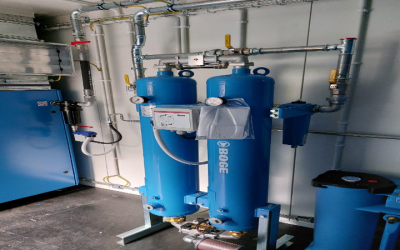The majority of states will collect taxes by weighting a truck and basing the amount on the weight of goods that are being transported. A truck weigh station is used specifically for these tax purposes. The scales are also used to ensure each truck is within the safe limits and guidelines that have been put in place by a state to ensure safety on the roadways.
Even though the max amount of weight will vary, the common standard for a truck’s weight is 34,000 pounds, the weight will actually be calculated based on two different measurements:
* The gross weight, which includes the weight of all the truck’s axles;
* The axle weight, which is the total amount of weight that is carried on each of the axles.
A truck scale is specifically designed to handle a large amount of wear and tear. There are a number of scales that can actually handle weights of up to 80,000 pounds. A truck scale is constructed from concrete or steel and in most designs will use both of these rugged and durable materials. The most common type of truck scale is highlighted here.
The Load Cells
This is the most commonly used type of technology seen today. Each of the cells are comprised of a rugged type of material, usually concrete or steel, and has one, or multiple, strain gauges that are attached or embedded into it. The strain gauge will consist of wires that will transmit a small electric current. When the cell becomes subjected to a certain amount of weight, then the wire that is present in the actual strain gauge will be compressed or altered a slight amount. The change that takes place in the active wire will result in a change in the resistance of the current that passes through it. Each of the signals from the respective cells are then sent to the junction box, which is where the sensors will measure the total variance that is present in the actual current and then determine the total weight that the scale being used is currently supporting.
The actual strain gauges that are present in the load cells may be either tension or compression based. The compression strain gauge is actually based on the amount that the cell is compressed when there is pressure applied, while the tension strain gauge will be based on the small amount of change that is present in the shape of the actual cell that has been created by the cell.
If you need any type of load cells, visit Hardy Process Solutions for more information.



